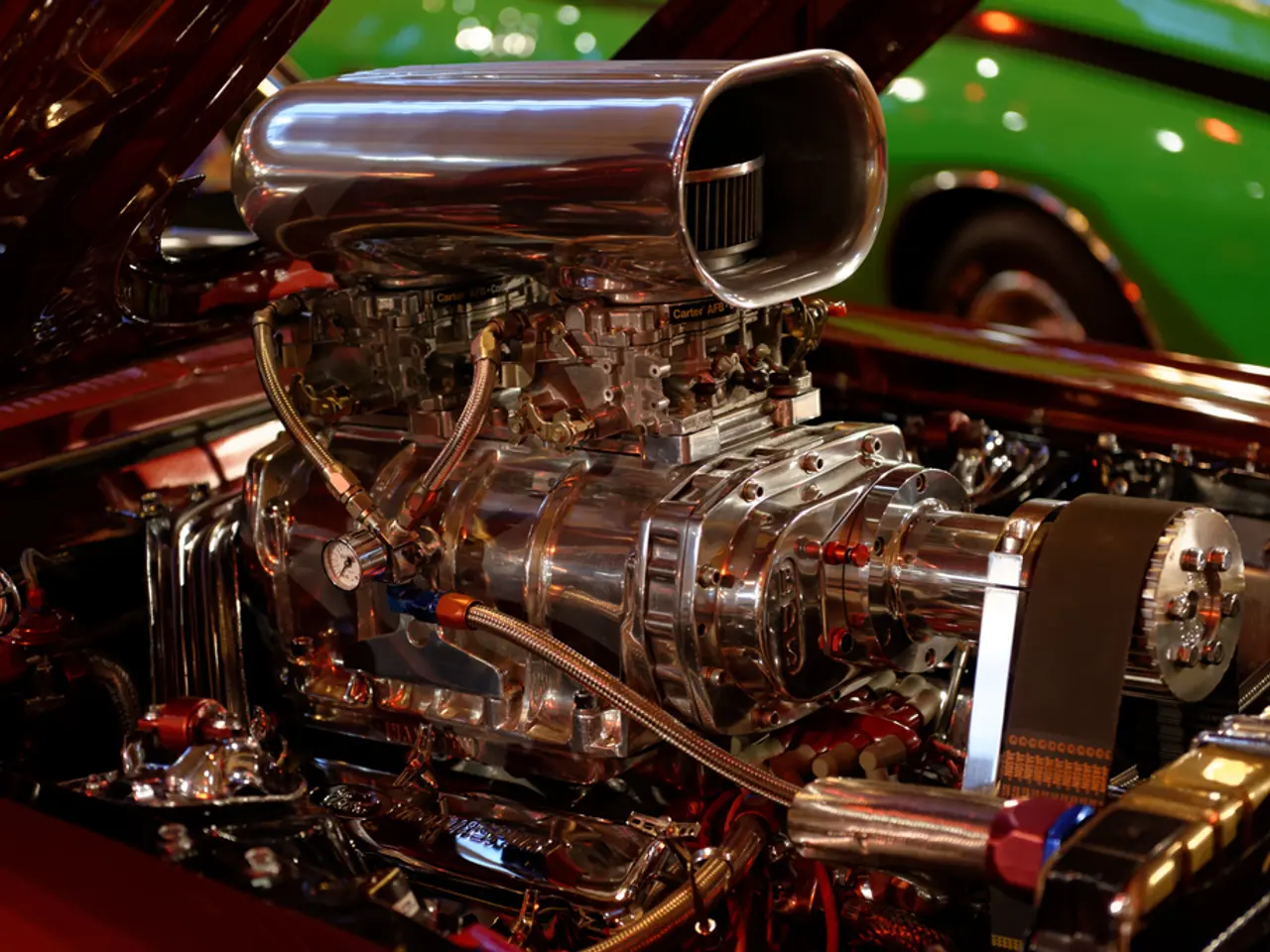Rail Freight Transport Stuck in the Slow Lane: Germany's Failure to Progress
Freight traffic movement via rail is showing signs of stagnation. - Freight transportation via rail remained stationary, showing no significant improvement.
Germany continues to struggle in moving more cargo transport onto rails. In 2023, the share of rail freight trains slid slightly to approximately 20%, according to the latest sector report from the Monopol Commission on rail [4]. This figure mirrors the previous year's percentage (20.3%). "A meaningful shift towards rail is happening, albeit, limitedly," the report claims. Moreover, overall freight transport showed a decline last year as per the report, with economic downturns and rising costs cited as factors.
The German government hoped to have around a quarter of total freight transport on rails by 2030. However, the new CDU-led administration has yet to set such a goal [1].
"The rail share in overall transport performance falls short of political expectations," the authors of the sector report assert. "The positive competitive developments of the past years have come to a standstill."
The Monopol Commission urges the government to establish clear rail-focused objectives and exercise tighter control over how Deutsche Bahn (DB) spends the billions expected from the planned infrastructure fund [2]. Otherwise, the commission warns, funds could be misdirected to DB's own transport companies, potentially bolstering their competitive positions. To prevent such a scenario, independent oversight from experts is essential to ensure that funds are directed to areas with the most significant economic benefits.
Challenges in Rail Freight Shift
Germany faces several hurdles in increasing the share of rail freight transport.
- Infrastructure Bottlenecks: Germany's rail infrastructure requires updates to accommodate a growing demand and enhance efficiency. Delays in projects, such as the Brenner North Access railway link, limit cross-border transport potential [5].
- Road Freight Domination: Germany's road freight sector remains potent, with factors like tolls and fuel costs influencing its competitiveness. Recent truck toll mileage index fluctuations indicate a volatile landscape for road transport demand [2].
- Modal Shift Obstacles: Shifting from road to rail necessitates substantial investment in balanced transport modes and infrastructure. Competing economic and regulatory barriers can stymie this transition towards sustainability [1].
To tackle these challenges and facilitate rail freight improvement, Germany could focus on broader strategies like infrastructure upgrades, regulatory support, and promoting combined transport methods (rail-road-water) for increased flexibility and reduced emissions [1][3]. Expert guidance from entities like the Monopol Commission could be sought in these efforts.
The German government needs to incorporate a community policy that prioritizes vocational training for enhancing the workforce in the rail sector, as the current rail-focused objectives require deliberate efforts in handling the billions of funds from the infrastructure fund. This vocational training should focus on rail infrastructure development and modal shift towards sustainable transport methods for overcoming hurdles in rail freight transport, such as infrastructure bottlenecks and competitiveness with the road freight sector. mobilizing finance through these vocational training programs could accelerate the progress towards Germany's goal of 25% rail freight transport by 2030.




